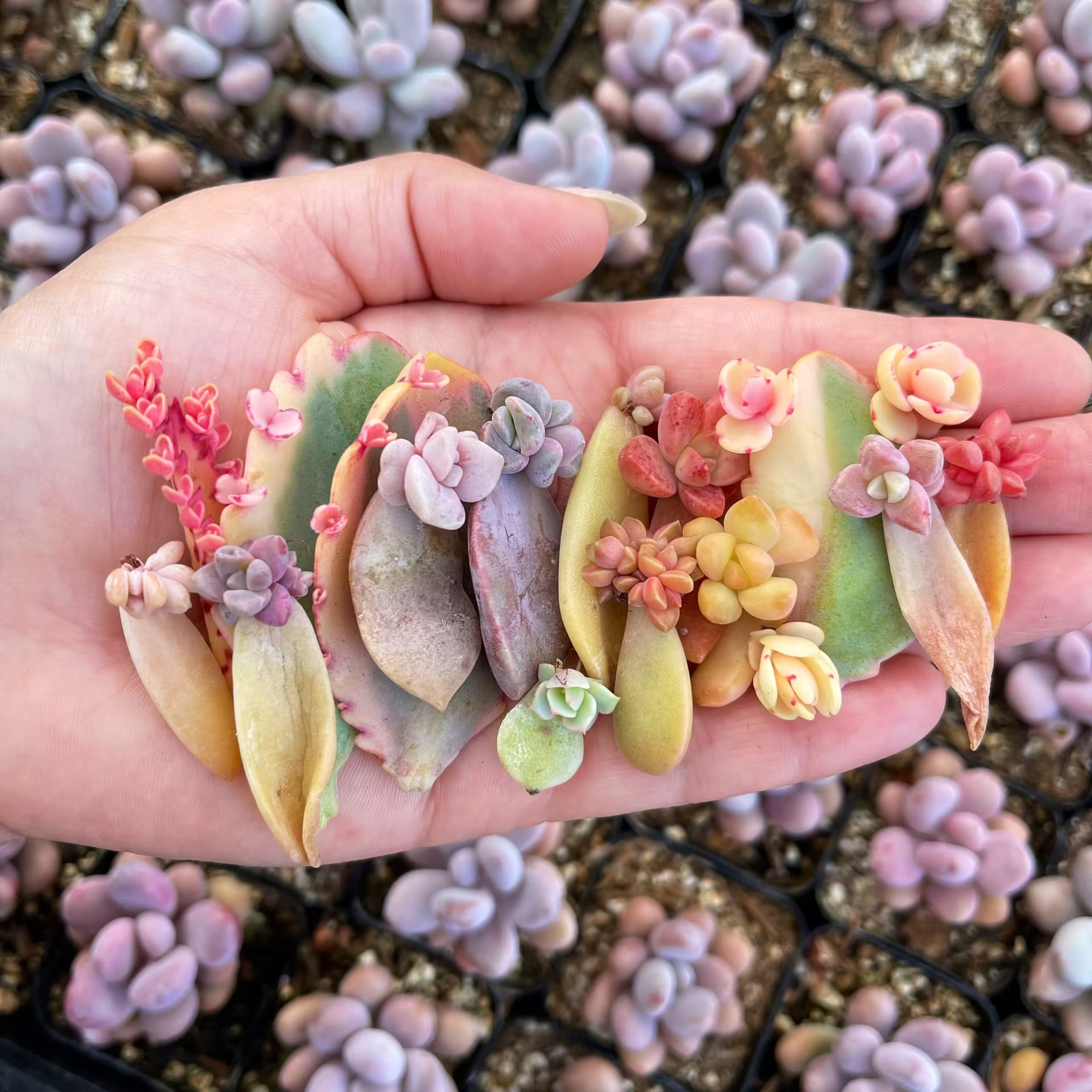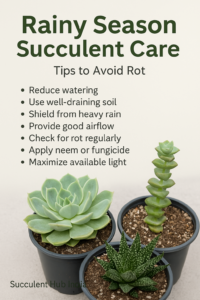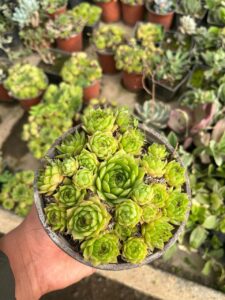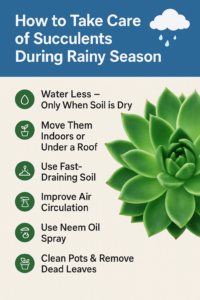
Have you ever marveled at the beauty of succulents and wished you could multiply your collection without breaking the bank? 🌵💚 Well, you’re in luck! Propagating succulents from cuttings and leaves is not only a cost-effective way to expand your plant family but also a rewarding and surprisingly simple process.
Imagine the satisfaction of watching tiny roots emerge from a single leaf or seeing a cutting develop into a full-fledged plant. It’s like having a miniature nursery right in your home! Whether you’re a seasoned plant parent or a budding enthusiast, mastering the art of succulent propagation can open up a world of possibilities for your green space.
In this guide, we’ll dive into the fascinating world of succulent propagation, exploring everything from the basics of taking cuttings to the delicate process of leaf propagation. We’ll cover the essential tools you’ll need, share tips for caring for your newly propagated plants, and even troubleshoot common issues you might encounter along the way. So, grab your gardening gloves, and let’s embark on this exciting journey to multiply your succulent collection!
Understanding succulent propagation

Benefits of propagating succulents
Propagating succulents offers numerous advantages for plant enthusiasts:
- Cost-effective gardening
- Expanded plant collection
- Preservation of rare species
- Sharing with friends and family
- Therapeutic and rewarding hobby
These benefits make succulent propagation an attractive option for both beginners and experienced gardeners alike.
| Benefit | Description |
|---|---|
| Cost-effective | Create new plants without purchasing more |
| Collection expansion | Grow varieties of succulents quickly |
| Species preservation | Maintain rare or endangered succulents |
| Sharing | Give unique, personalized gifts |
| Therapeutic | Enjoy a relaxing and fulfilling activity |
Types of succulents suitable for propagation
While many succulents can be propagated, some are particularly well-suited for this process:
- Echeveria
- Sedum
- Crassula (Jade plants)
- Kalanchoe
- Graptopetalum
These varieties are known for their ease of propagation and high success rates, making them ideal choices for beginners.
Best time to propagate
Timing is crucial for successful succulent propagation. Generally, the best time to propagate is during the plant’s active growing season, which typically occurs in spring and early summer. During this period, succulents have more energy and resources to dedicate to new growth, increasing the chances of successful propagation.
Now that we understand the basics of succulent propagation, let’s explore the specific techniques for propagating succulents from cuttings.
Propagating succulents from cuttings

A. Selecting healthy cuttings
When propagating succulents from cuttings, choosing the right plant material is crucial for success. Look for healthy, mature stems with vibrant colors and no signs of disease or pest infestation. Ideal cuttings should be at least 3-4 inches long and have several sets of leaves.
Here’s a quick checklist for selecting healthy cuttings:
- Choose firm, plump stems
- Avoid discolored or damaged areas
- Select stems with multiple leaf nodes
- Ensure the cutting has no flowers or buds
B. Preparing cuttings for propagation
Once you’ve selected your cuttings, proper preparation is essential. Follow these steps:
- Use clean, sharp scissors or pruning shears to make a clean cut
- Remove lower leaves, leaving 2-3 sets at the top
- Allow the cut end to dry for a few hours
- Optional: Dip the cut end in rooting hormone to encourage faster root growth
C. Drying and callusing process
The drying and callusing process is crucial for preventing rot and promoting healthy root development. Here’s what you need to know:
| Step | Duration | Purpose |
|---|---|---|
| Air dry | 24-72 hours | Allow cut end to form a callus |
| Keep in shade | During drying | Prevent sunburn on fresh cuts |
| Avoid moisture | Until planting | Prevent premature rooting |
D. Planting the cuttings
After the callusing process, it’s time to plant your cuttings. Choose a well-draining succulent potting mix and follow these steps:
- Fill small pots with the potting mix
- Create a hole using a pencil or chopstick
- Gently insert the cutting, ensuring it’s stable
- Lightly press the soil around the base
- Place in a bright, indirect light location
- Wait 1-2 weeks before watering lightly
Remember, patience is key when propagating succulents from cuttings. It may take several weeks to see new growth, but with proper care, you’ll soon have new plants to enjoy or share with friends.
Leaf propagation techniques

Choosing the right leaves
When propagating succulents from leaves, selecting healthy, mature leaves is crucial for success. Look for plump, vibrant leaves without any signs of damage or disease. Avoid using leaves that are discolored, shriveled, or have spots.
Removing leaves properly
To remove leaves for propagation:
- Gently twist the leaf from side to side
- Pull it away from the stem with a clean break
- Ensure the entire leaf is removed, including the base
Avoid tearing or cutting the leaves, as this can reduce the chances of successful propagation.
Allowing leaves to callus
After removing the leaves:
- Place them in a dry, shaded area
- Allow 2-3 days for the cut end to callus (form a protective layer)
- Avoid exposing them to direct sunlight during this time
Setting up leaf propagation trays
Create an ideal environment for leaf propagation:
| Component | Description |
|---|---|
| Container | Shallow tray with drainage holes |
| Soil | Well-draining succulent mix |
| Lighting | Bright, indirect light |
Arrange the calloused leaves on top of the soil, ensuring the cut end is in contact with the surface.
Caring for leaf propagations
To nurture your leaf propagations:
- Mist the soil lightly every few days
- Maintain warm temperatures (70-80°F)
- Provide bright, indirect light
- Be patient – roots and new growth can take several weeks to appear
Once tiny plants form at the base of the leaves, treat them as you would mature succulents, gradually increasing light exposure and reducing watering frequency.
Essential tools and materials
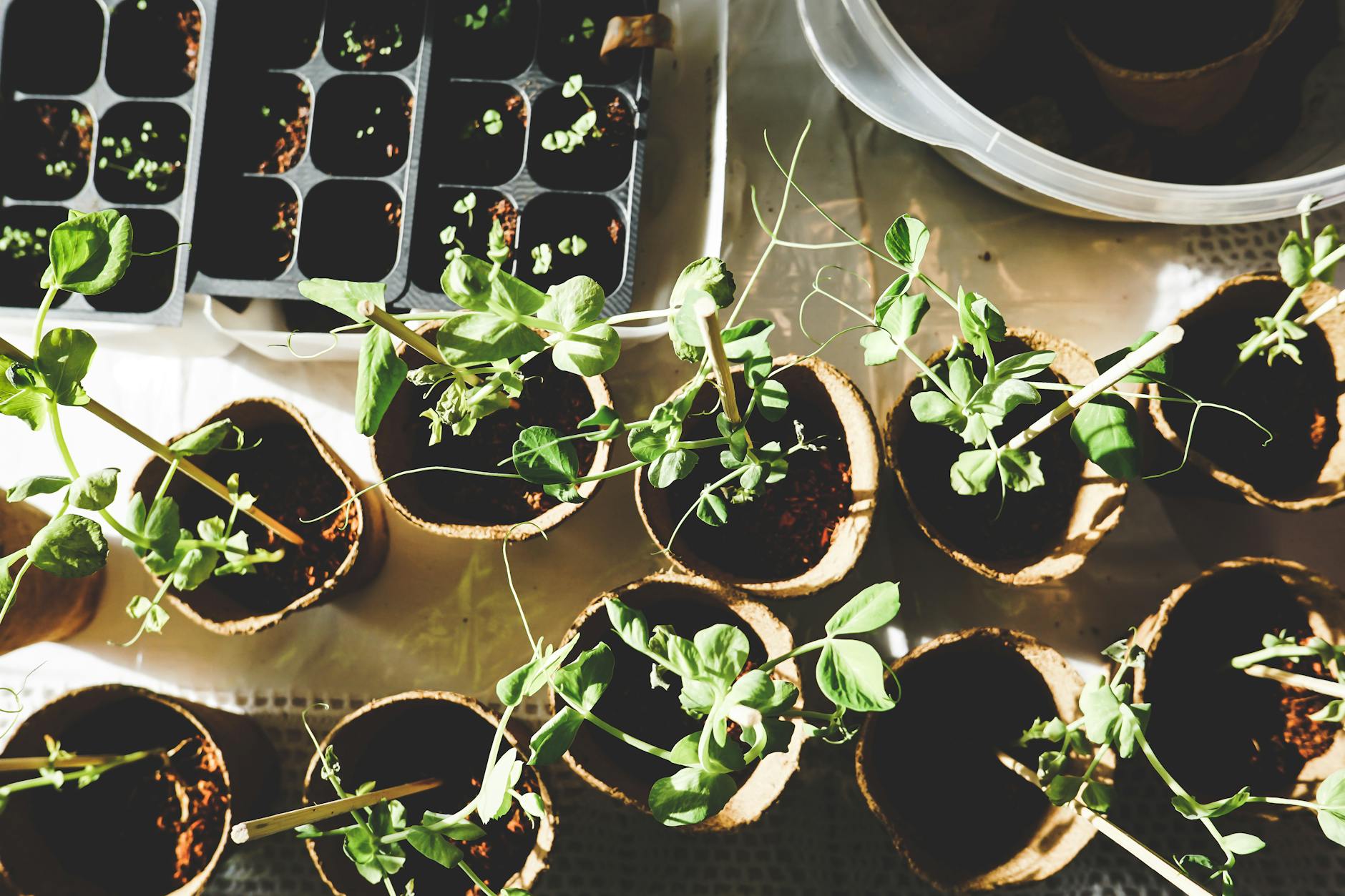
A. Cutting tools
To successfully propagate succulents, you’ll need the right cutting tools. Here’s a list of essential tools:
- Sharp, clean scissors
- Pruning shears
- Razor blade or craft knife
- Sterilizing solution (rubbing alcohol or bleach)
Always ensure your cutting tools are clean and sharp to prevent damage to the plant and reduce the risk of infection. Sterilize your tools before and after each use.
B. Potting mix for propagation
The right potting mix is crucial for successful succulent propagation. Here’s a comparison of different mix components:
| Component | Purpose | Ratio |
|---|---|---|
| Cactus soil | Base medium | 50-60% |
| Perlite | Improves drainage | 20-30% |
| Coarse sand | Enhances aeration | 10-20% |
| Vermiculite | Retains moisture | 5-10% |
Create a well-draining mix by combining these components. Adjust the ratios based on your specific succulent species and local climate conditions.
C. Containers and trays
Choosing the right containers is essential for healthy succulent growth. Consider the following options:
- Shallow terracotta pots
- Plastic propagation trays
- Repurposed containers with drainage holes
- Small clay pots
- Seed starting trays
Ensure all containers have adequate drainage to prevent water logging. For leaf propagation, use trays with individual cells or compartments to keep each cutting separate.
Now that you’re familiar with the essential tools and materials, let’s move on to caring for your newly propagated succulents.
Caring for propagated succulents

Watering newly propagated plants
When caring for newly propagated succulents, proper watering is crucial. Unlike mature plants, propagated succulents require more frequent watering to establish roots. However, it’s essential to strike a balance to avoid overwatering.
- Water lightly every 2-3 days
- Allow the soil to dry slightly between waterings
- Use a spray bottle or mister for leaf propagations
Providing adequate light
Light is vital for the growth of propagated succulents. Provide bright, indirect light to encourage healthy development without risking sunburn.
| Light Source | Duration | Distance |
|---|---|---|
| Natural sunlight | 4-6 hours | Near window |
| Grow lights | 12-14 hours | 6-12 inches |
Temperature and humidity considerations
Succulents thrive in warm, dry environments. Maintain optimal conditions for your propagated plants:
- Temperature range: 70-80°F (21-27°C)
- Humidity: 40-50%
- Avoid cold drafts and excessive moisture
Transplanting rooted cuttings and leaves
Once your propagated succulents have developed roots and new growth, it’s time to transplant them. Follow these steps:
- Prepare a well-draining potting mix
- Choose a container with drainage holes
- Gently remove the rooted cutting or leaf
- Plant in the new pot, burying the roots
- Water lightly and place in a bright location
With proper care, your newly propagated succulents will thrive and grow into beautiful, mature plants. As you continue to nurture them, you’ll soon be ready to learn about troubleshooting common propagation issues to ensure long-term success.
Troubleshooting common propagation issues
Dealing with rot
Rot is a common issue in succulent propagation, often caused by overwatering or poor drainage. To prevent and address rot:
- Inspect cuttings and leaves regularly
- Remove any rotting parts immediately
- Adjust watering frequency and amount
- Improve soil drainage
| Rot Type | Symptoms | Prevention |
|---|---|---|
| Root rot | Mushy stems, yellowing leaves | Well-draining soil, proper watering |
| Stem rot | Dark, soft spots on stems | Clean cuts, allow callusing before planting |
| Leaf rot | Soft, discolored leaves | Avoid water on leaves, provide air circulation |
Preventing pest infestations
Pests can hinder the propagation process and damage young succulents. Take these steps to prevent infestations:
- Quarantine new plants
- Use sterile soil and tools
- Maintain proper air circulation
- Regularly inspect for signs of pests
If you notice pests, treat them promptly with neem oil or insecticidal soap.
Addressing slow growth
Slow growth in propagated succulents can be frustrating. To encourage faster growth:
- Provide adequate light (but avoid sunburn)
- Maintain optimal temperature (65-80°F)
- Use a balanced fertilizer sparingly
- Be patient – some species grow slower than others
Remember that each succulent species has unique growth rates and requirements. Research your specific varieties to set realistic expectations and provide optimal care.
Now that we’ve covered common propagation issues and their solutions, let’s explore how to care for your newly propagated succulents to ensure their long-term health and success.

Propagating succulents from cuttings and leaves is a rewarding and cost-effective way to expand your plant collection. By following the methods outlined in this guide, you can successfully grow new plants from stem cuttings or individual leaves. Remember to use clean tools, provide the right growing conditions, and be patient as your new succulents develop.
Whether you’re a beginner or an experienced gardener, succulent propagation offers endless opportunities for creativity and experimentation. With practice, you’ll develop a keen eye for selecting healthy cuttings and leaves, and you’ll soon be sharing your thriving succulent babies with friends and family. So go ahead, give it a try, and watch your succulent garden flourish!

